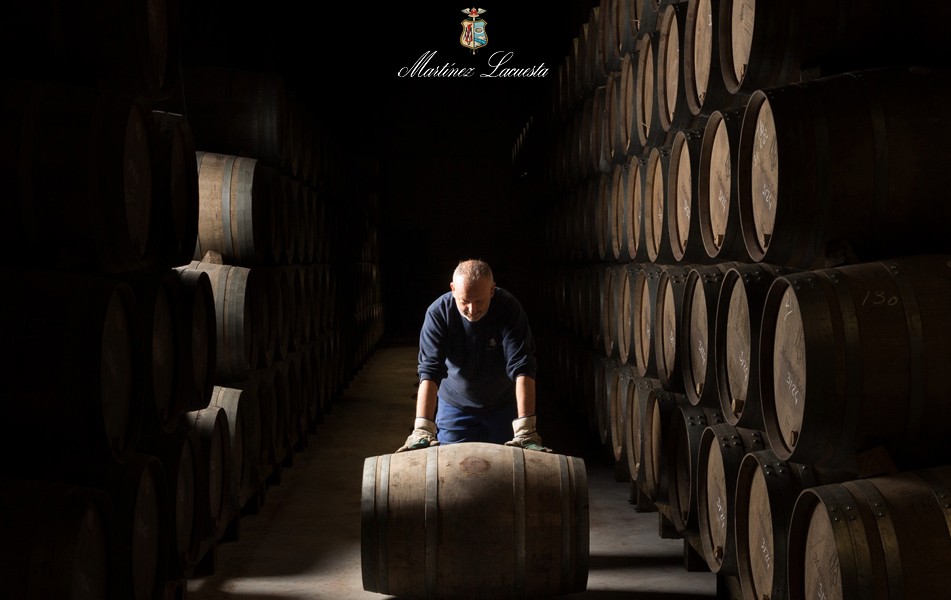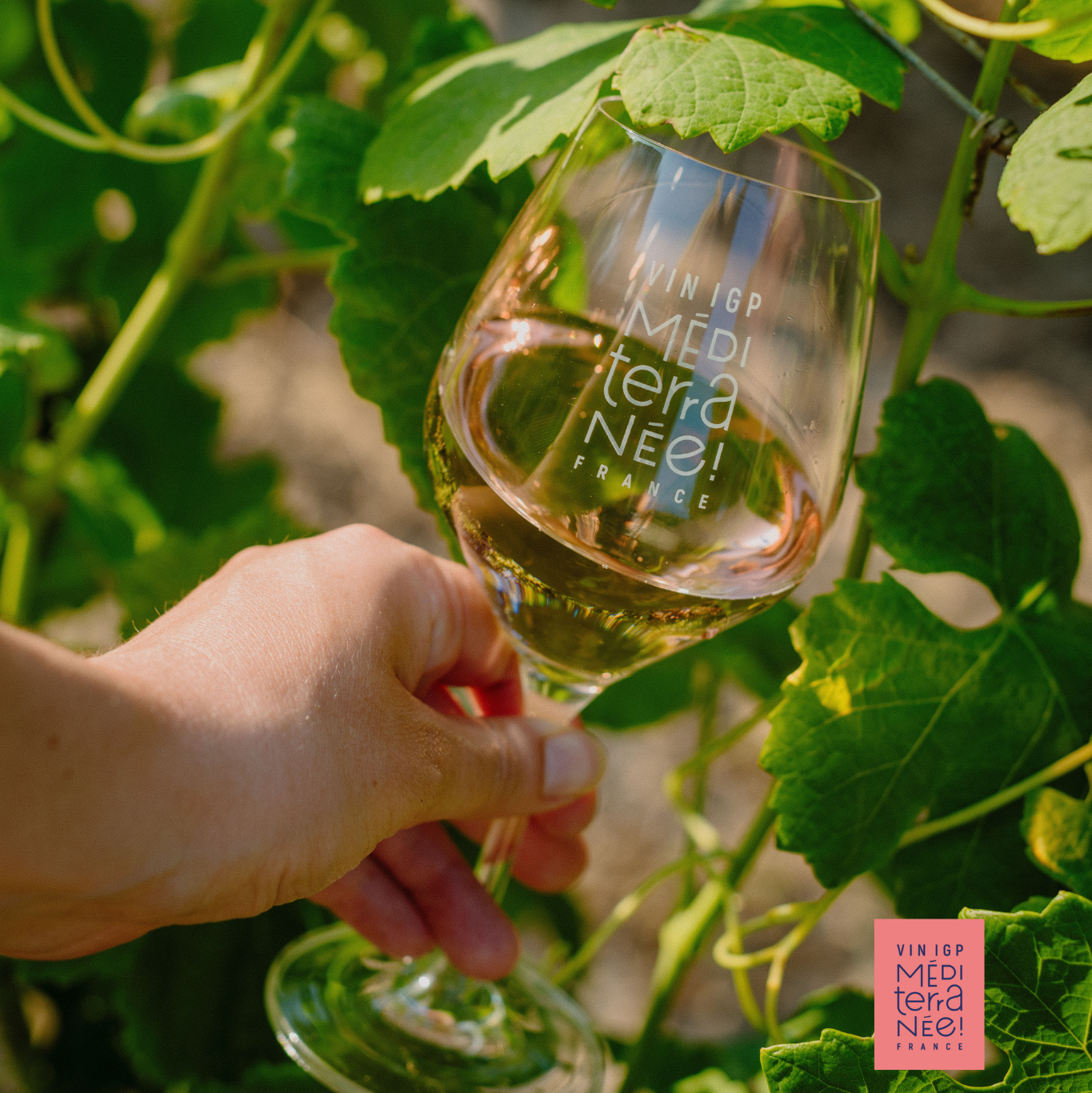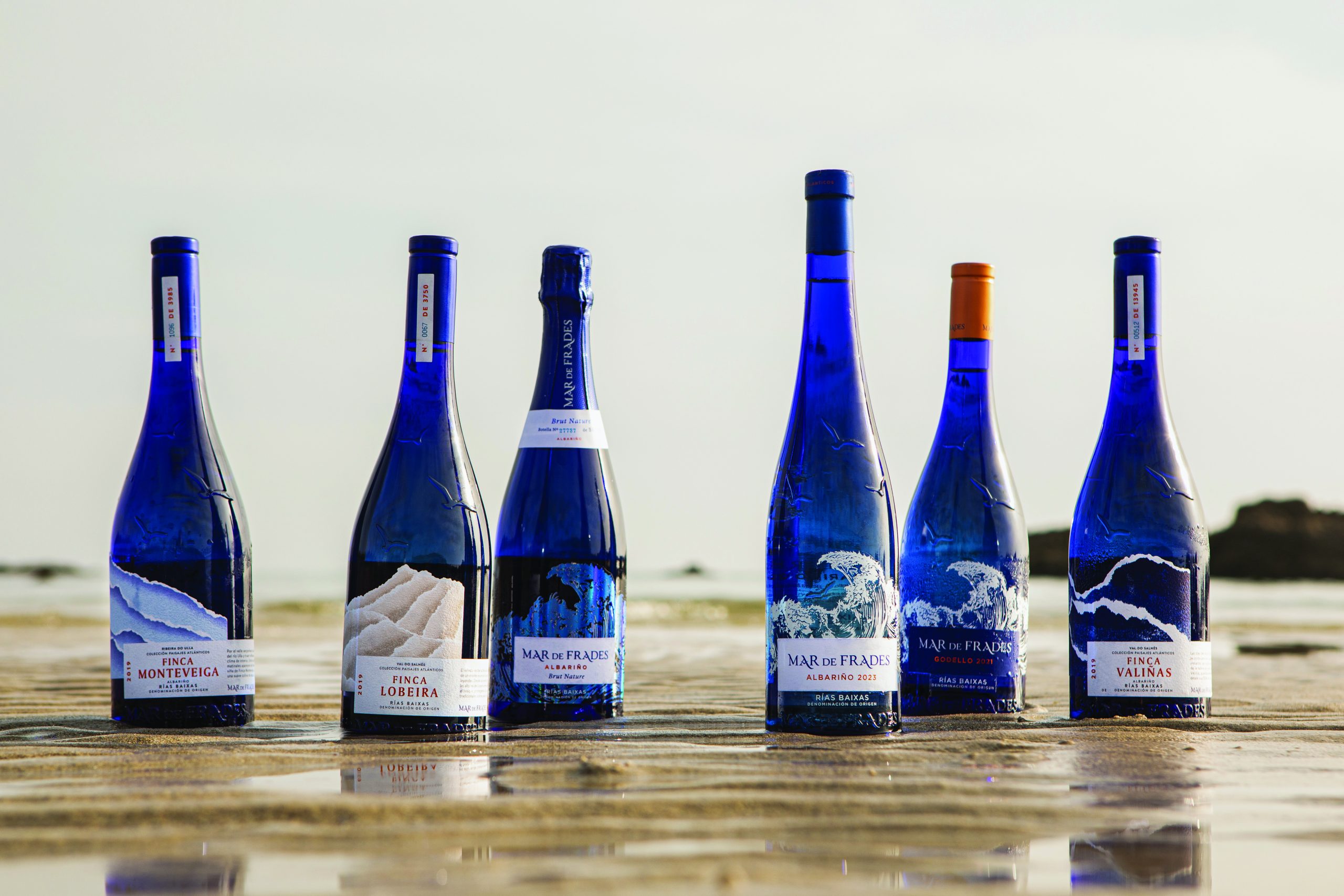How one producer is setting the pace for alcohol-free wineries
Edenvale is breaking new ground with its sustainably produced, non-alcoholic wines – and winning awards in the process.

Alcohol-free wine has a surprisingly long history – the first patent for dealcoholising wine dates to 1907 – but its growth is a modern phenomenon. As one of the fastest growing categories in the wine industry, it is a field with constant change and challenge. Edenvale, one of Australia’s leading non-alcoholic wine producers, embraces both.
In the last year alone, it has opened a new facility that pushes the category forward in both quality and sustainability. Built with world-first technology, the plant in the Murray-Darling region is allowing Edenvale to achieve results already beyond its expectations.
The GoLo technology behind it is an evolution of existing spinning cone technology. The older system could separate volatile aromatic compounds, alcohol and remaining liquid in two passes by combining centrifugal force and vacuum distillation. New GoLo technology achieves both processes, as well as blending the liquid and aromatic compounds back together, in one action.
The new equipment is designed for fine tuning the process, allowing the winemaker more control than ever before. Moreover, it preserves more of the aromatic and textural molecules for the final product. This brings Edenvale a more vinous character, much desired in the non-alcoholic wine.
The new technology is also notably greener. Its single pass makes the entire process more efficient, minimising water loss throughout. It also heats and cools at the same time, thus requiring less power.
As a further commitment to sustainable production, the plant is powered by a heat pump. That means that no fossil fuels are required to run it, reducing the overall carbon footprint of an Edenvale wine.
Enabling choice for drinkers
Whether for teetotallers or those who also drink alcohol, Edenvale positions itself as an ideal substitute for regular wine. Its appeal, indeed, can be broken down into several strands.
It is, crucially, an option with minimal alcohol. The alcoholic content of its wines sits around 0.2-0.3% ABV, comparable to the naturally occurring level of ethanol in a ripe banana. For those who wish to avoid wine entirely, Edenvale even offers sparkling grape juice.
The non-alcoholic wines, as well as having reduced alcohol levels, also contain fewer calories. With a glass amounting to around 40% of the calories in a 13% ABV glass of wine, consumers can make a choice through Edenvale to reduce their calories consumed through drinking.
Edenvale also offers clear choice in style and grape variety. Its portfolio contains red, white and rosé wines, each made in both still and sparkling variants. Unsurprisingly, it places common Australian grape varieties – think Shiraz, Chardonnay and Semillon – at the forefront.
It is not just focussed on Australia, however, and the brand has expanded to the other side of the world. Its Expedition Series sources grapes from Spain, and features such typical varieties as Tempranillo, Verdejo and Macabeo.
Partner Content
Across the range, the wines have proven their high quality. Indeed, the producer was one of the top performers at the recent Global Low- and No-Alcohol Wine Masters. Below, we feature some of the judges’ tasting notes, along with a full list of its medal-winners.
Edenvale Sparkling Rosé

- Region: Southeast Australia
- Country: Australia
- Grape variety: 42% Chardonnay, 25% Colombard, 32% mixed white varieties, 1% Durif
- ABV: 0.5%
- Approx. retail price: $14
- Medal: Gold
Edenvale, a leading No-and Lo-alcohol Australian producer based in New South Wales, produces a wide range of no and low alcohol wines. This attractive example is based on Chardonnay with a myriad of other white varieties and a little deep-coloured Durif to give its medium salmon colour. The aromatics show red cherry and red apple fruit with accents of crushed red roses and citrus. Medium in sweetness (c. 20g/l r.s.), the light-bodied wine has lively acidity, good concentration, creamy mousse texture and nice balance between sweetness and acidity. A touch of astringency gives added grip and weight. A very good match for king prawns sautéed with white wine, lemon juice and fresh coriander. (Patricia Stefanowicz MW)
Edenvale Expedition Series Verdejo Sauvignon Blanc

- Region: Multi-region blend
- Country: Spain
- Grape variety: 70% Verdejo, 30% Sauvignon Blanc
- ABV: 0.5%
- Approx. retail price: £17
- Medal: Silver
Dominated by Spain’s most popular white grape, Verdejo – with a complementary addition of Sauvignon Blanc – there’s plenty of ripe citrus fruit mixed with notes of sweet raisin and apple compote, followed by a touch of tea leaf and dried herbs. While the mid-palate is quite oily and candied, the finish has some orange zest and dry, fine mouth coating tannin. (Patrick Schmitt MW)
Edenvale Shiraz

- Region: Southeast Australia
- Country: Australia
- Grape variety: 90% Shiraz, 10% other varieties
- ABV: 0.5%
- Approx. retail price: £12
- Medal: Silver
Proving that it’s possible to make appealing alcohol-free red wine is this example from Edenvale. Employing Australian Shiraz, it has flavours of fleshy red berry fruit and creamy milk chocolate, with some sweetness, but also a finely tannic character. Such traits ensure there is some weight to the wine, but also a cleansing, dry edge to the finish. In short, it’s a medium-weight, gently fruity wine that avoids the problems of many 0% reds, which can be too thin, too sweet or too bitter and chewy. (Patrick Schmitt MW)
The producer also won Silver medals for Edenvale Sauvignon Blanc, Edenvale Pink Moscato, Edenvale Premium Reserve Sparkling Shiraz, Edenvale Premium Reserve Pinot Noir and Edenvale Premium Reserve Selection Semillon Sauvignon Blanc.
It received Bronze medals for Edenvale Sparkling Cuvée, Edenvale Chardonnay, Edenvale Cabernet Sauvignon, and Edenvale Expedition Series Tempranillo Cabernet Sauvignon.
Related news
Strong peak trading to boost Naked Wines' year profitability




